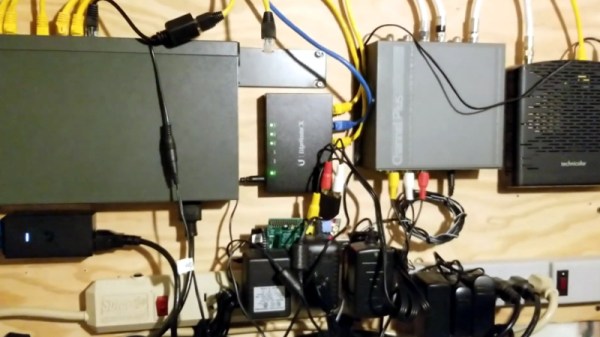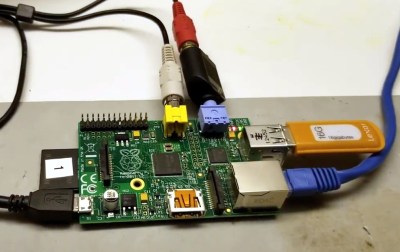In case you grow tired of clear-written, understandable code, obfuscation contests provide a nice change of scenery, and trying to make sense of their entries can be a fun-time activity and an interesting alternative to the usual brainteasers. If we ever happen to see a Simpsons episode on the subject, [Andy Sloane] has the obvious candidate for a [Hackerman Homer] entry: a rotating ASCII art donut, formatted as donut-shaped C code.
The code itself actually dates back to 2006, but has recently resurfaced on Reddit after [Lex Fridman] posted a video about it on YouTube, so we figured we take that chance to give some further attention to this nifty piece of art. [Andy]’s blog article goes in all the details of the rotation math, and how he simply uses ASCII characters with different pixel amounts to emulate the illumination. For those who prefer C over mathematical notation, we added a reformatted version after the break.
Sure, the code’s donut shape is mainly owed to the added filler comments, but let’s face it, the donut shape is just a neat little addition, and the code wouldn’t be any less impressive squeezed all in one line — or multiple lines of appropriate lengths. However, for the actual 2006 IOCCC, [Andy] took it a serious step further with his entry, and you should definitely give that one a try. For some more obfuscated shell animations, check out the fluid dynamics simulator from a few years back, and for a more recent entry, have a look at the printf Tic Tac Toe we covered last month.





 Hawking’s first book, A Brief History of Time, has sold more than 10 million copies and for many readers was their introduction into the way physicists view space and time. It was written for general consumption and not reserved for those who were already bathed in the jargon of theoretical physics. It sent the message that contemplating science is something that is fun to do in your spare time. This work continued with his more recent mini-series Into the Universe with Stephen Hawking created for the Discovery Channel.
Hawking’s first book, A Brief History of Time, has sold more than 10 million copies and for many readers was their introduction into the way physicists view space and time. It was written for general consumption and not reserved for those who were already bathed in the jargon of theoretical physics. It sent the message that contemplating science is something that is fun to do in your spare time. This work continued with his more recent mini-series Into the Universe with Stephen Hawking created for the Discovery Channel.










